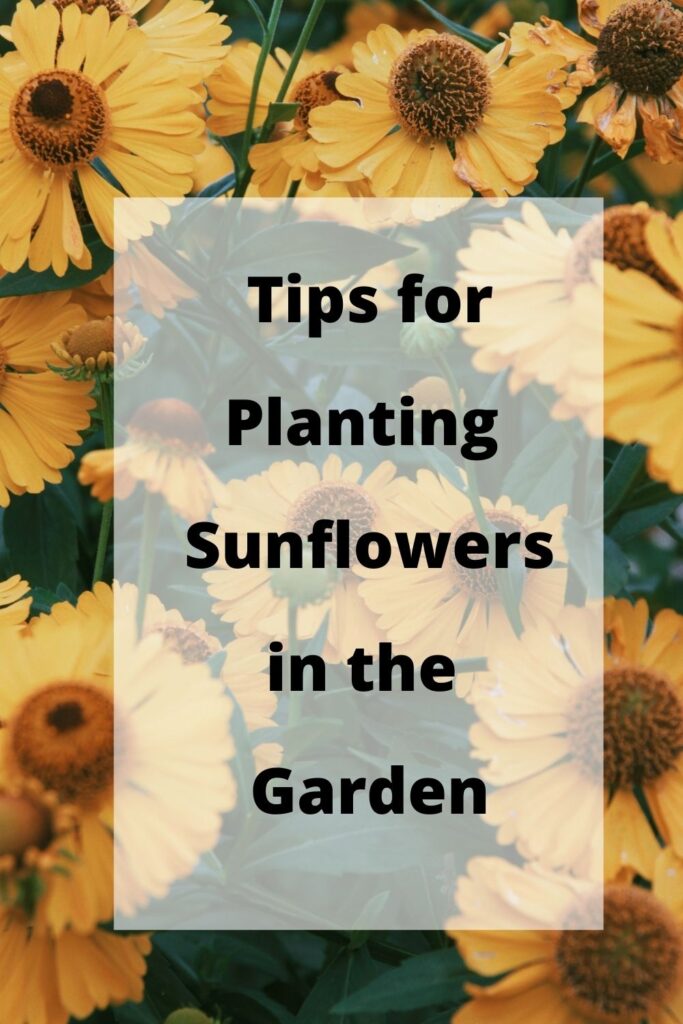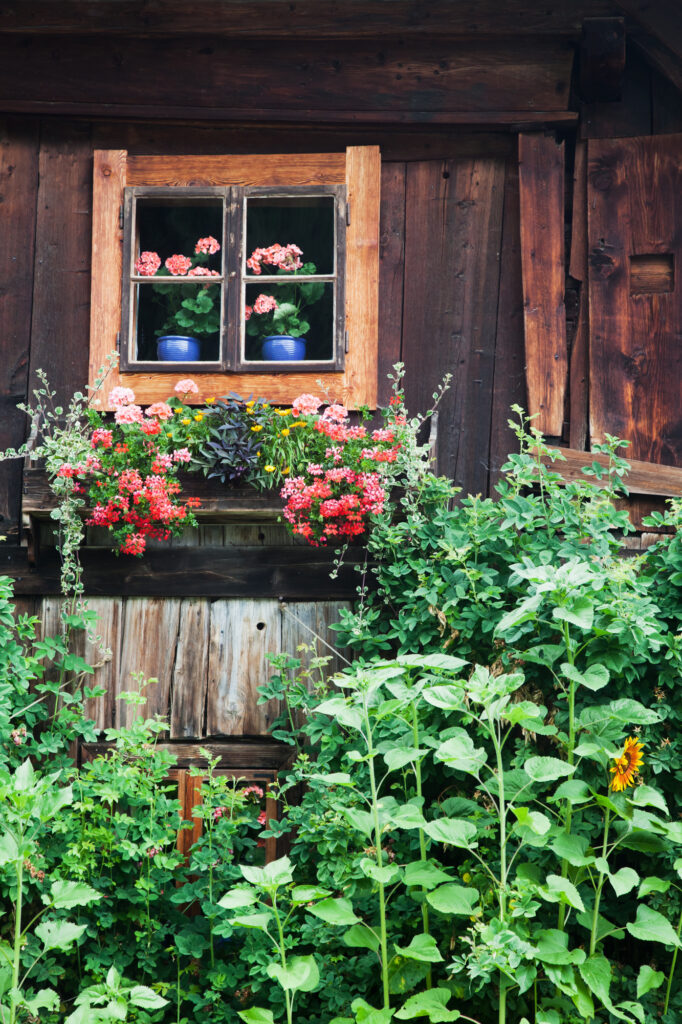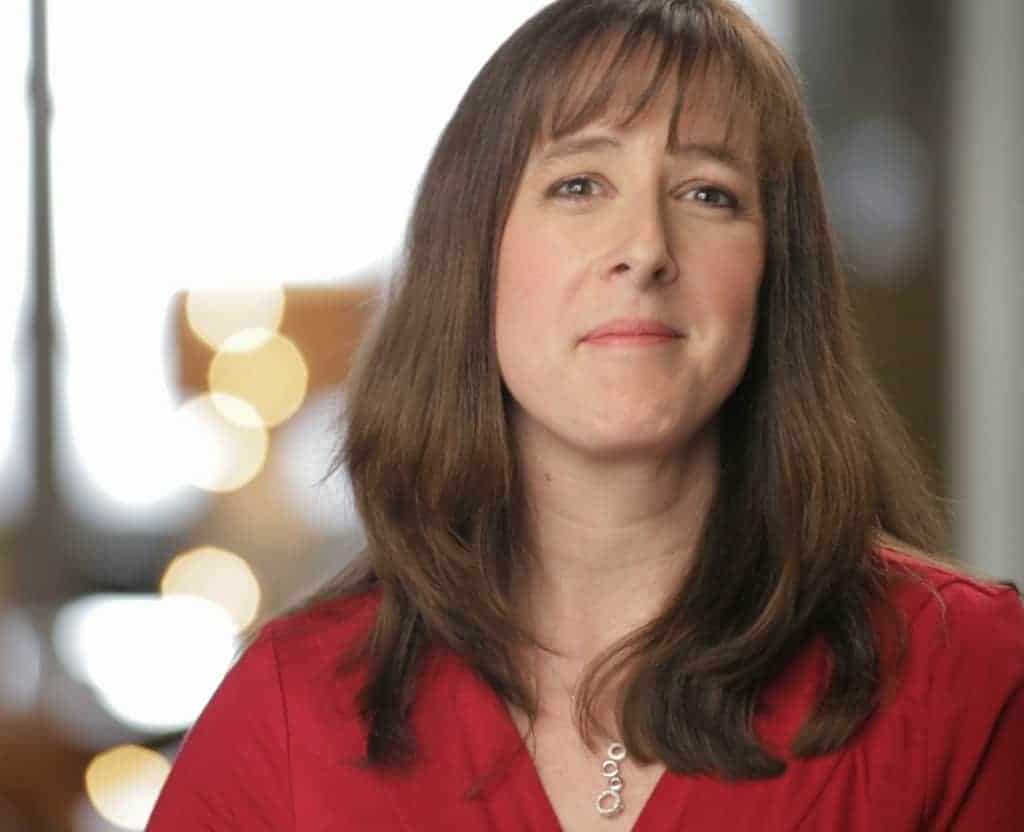Are you inspired to plant sunflowers this spring? Do you want to try growing sunflowers from seed? They are a beautiful addition to any garden but can be tricky to grow. Whether you want to enjoy the beauty of the flower petals or harvest sunflower seeds from their dried seed heads, there are many varieties that will work well in a backyard garden.
If you’ve ever tried growing sunflowers, you know that they can be a little finicky. The seeds might not germinate, or the plants might not grow very tall.
Sunflower seedlings are delicate and you may not know the best time to sow seeds in the spring. But, just a little bit of effort will give you a garden full of annual sunflowers.
With these tips for planting, sunflower care, and tips for seed harvesting from the flower heads, you’ll be able to grow beautiful sunflowers in no time. I encourage you to plant sunflower seeds this spring with this handy sunflower guide. Remember, make sure to keep their space needs in mind if you want to grow them successfully.
Posts feature partner companies & may be sponsored. Post contains affiliate links & I will be compensated if you make a purchase after clicking on links. As an Amazon Associate I earn from qualifying purchases.

Table of Contents
More About Sunflowers
Sunflowers are a beautiful addition to any garden. They come in a variety of colors, from yellow to red to brown, and their large flowers can be quite striking.
Sunflowers are also useful plants. The seeds in the flower head can be eaten, the oil can be used for cooking or skin care, and the flowers can be dried and used in flower arrangements.
The meaning of sunflowers
Sunflowers are often associated with loyalty and adoration. The flowers are often given as a symbol of appreciation or love.
They are the national flower of Ukraine and are an integral part of its culture, heritage, and even its economy. The situation there right now breaks my heart and while there seems to be little I can do to help, I will plant sunflower seeds this spring as a reminder of Ukrainian strength and unity.
Sunflowers 101
Sunflowers are a member of the Asteraceae family, which also includes daisies and chrysanthemums.
- Botanical Name: Helianthus annuus
- Common Name: Sunflower
- Hardiness Zones: 2 to 11
Bloom Time: Most sunflower varieties bloom for several weeks in midsummer.

✯Don’t want to miss the next post?✯
Follow Turning the Clock Back on Facebook | Twitter | Pinterest
Or join the private Facebook group for simple tips on going green!
Types of Sunflowers (both tall and short)
It’s important to know which type of sunflowers you are growing before you get started.
Dwarf Sunflowers
There are a number of short sunflower varieties, which are better suited for small gardens. Those are generally called Dwarf Sunflowers. Some popular dwarf varieties include:
- Teddy Bear: The smaller flowers on the Teddy Bear dwarf sunflowers are low-maintenance and easy to grow.
- Dwarf Sunspot: These bright yellow annual sunflowers grow to a mature height of roughly 1 to 2 feet tall. Buy Dwarf Sunspot Seeds for an excellent bouquet flower.
- Mardi Gras Dwarf Sunflower: Contains a colorful mix of yellow to dark red petal variations. These bright blooms definitely make an eye-catching addition to any garden.
Make sure you read the seed packets carefully. It will tell you how many inches tall your plants should get. Choose dwarf varieties if space is limited.

Tall sunflower varieties
There are many different types of sunflowers, but the most common are the tall varieties with edible seeds. Some popular tall sunflower varieties with abundant seeds include:
- American Giant: Want to grow giant sunflowers? If you want the biggest and tallest sunflower around, then boy have you found it. This sunflower can reach up to 16′ tall with 10″ wide blooms. You will have plenty of delicious seeds for snacking if you put this variety in your sunflower patch.
- Mammoth: Looking for giant sunflowers? Mammoth Sunflowers produce stately yellow sunflowers with enormous heads, more than 1′ across, which provide spectacular beauty first, then tasty seeds for roasting or birdfeeders.
Be careful about overcrowding your flower garden. Sunflowers will block sunlight from other plants so don’t choose varieties with giant flowers if you don’t have a lot of space.
False Sunflowers
There are also a number of plants that are often mistaken for sunflowers, but they aren’t actually related to the sunflower. The most common of these is called the false sunflower.
False sunflowers (Heliopsis helianthoides) are a North American wildflower that can be found in fields, meadows, and along roadsides. They have a similar appearance to sunflowers, with broad, daisy-like flowers that come in shades of yellow, orange, and red.
The petals of the false sunflower are slightly shorter and the center disk is more pronounced than those of true sunflowers. The leaves are also not as hairy as those of sunflowers.
The seeds of the false sunflower are also edible and can be used in the same way as sunflower seeds.

Sunflower Planting Tips
Are sunflowers easy to grow? That depends on your location, really. When planting sunflowers, it’s important to choose a spot that gets plenty of sunlight. Sunflowers need at least six hours of full sun per day. People in warm climates with plenty of sunlight will have an easier time growing them.
What is the best month to plant sunflowers? The best time to plant sunflowers is in the spring when the weather is still cool. If you are in a particularly warm region, you can also plant them in the fall, but make sure to do so before the first frost.
Autumn Beauty is one variety that seems to do well in late-season gardens. Depending on the variety, sunflowers will bloom about 80 to 120 days after planting (a few varieties may bloom in as little as 60 days).
Sunflower seeds can be planted directly into the ground, or they can be started in seed trays or peat pots and then transplanted into the ground later. If you’re starting them in pots, make sure to choose a pot that is at least six inches deep.

Tips for Growing Sunflowers From Seed
When planting sunflower seeds, make sure to plant them about two inches deep and space them about 12 inches apart. If you are transplanting seedlings, make sure to leave enough space between each one so they can grow big and tall.
You can plant seeds directly in the ground once the threat of frost has passed however, be patient. Don’t put them in the ground until the garden soil is at least 60 to 70 degrees. You won’t see sunflower roots begin or seedlings sprout until the soil temperature hits about 75 to 80 degrees.
Young plants will need to be watched carefully. Keep the soil moist and make sure there is plenty of organic matter available for nutrients.
Spring frost is always tricky to predict. You might think frost has passed and then, wham! A freeze hits. If temperatures unexpectedly drop after your seeds sprout, cover the seedlings with a plastic milk jug just that has been cut in half. This is a great DIY greenhouse that will protect young seedlings.
Companion Planting for Sunflowers
While sunflowers don’t have any known companion plants, they do help attract pollinators like bees and butterflies. If you’re looking for a way to attract more pollinators to your garden, consider growing sunflowers.

Great Near Bird Feeders
Sunflowers are also a great plant to grow near feeders. Not only do they add beauty to your garden, but they also help attract more birds. Of course, if you want all the seeds for yourself, that might not be a great plan!
If you do enjoy attracting birds to your yard, use the sunflower seeds from the seed heads to make your own suet cakes.

Growing Sunflowers in Pots
If you don’t have a lot of space in your garden, you can grow sunflowers in pots. Sunflower plants will grow quite tall, so make sure to use a pot that is at least 12 inches deep.
When growing sunflowers in pots, make sure to keep them watered and fertilized. The soil should be kept moist, but not wet. Feed the plants with a balanced fertilizer every two weeks.
Managing Pests and Diseases
Sunflowers are generally a fairly disease and pest-free crop, but there are a few things to watch out for. Aphids and spider mites can be a problem, as well as powdery mildew.
Powdery mildew is one of the most annoying sunflower foes. It causes white or greyish spots on leaves which can be easily identified by their powder-like appearance, though it may also appear as dark smudges under stems and leaves. Downy mildew is a similar fungal disease that you might see.
You need to take care of affected plants quickly. Pinch off the infected leaves and dispose of them. Try neem oil as a more natural fungicide to treat fungal diseases in the garden.
Sunflower moths are another pest to worry about during the growing season. These small moths are gray or light brown in color and have a wingspan of about 1.5 inches. They lay their eggs on the underside of sunflower leaves and the larvae that hatch eat the leaves, buds, and flowers.
If you see any signs of sunflower moth damage, take action right away. Remove and destroy any affected plants and use diatomaceous earth kill the larvae.
Sunflower Care and Feeding
How long does it take to grow a sunflower? This will vary quite a bit. There are several varieties of sunflowers, and each one will grow at a different rate. On average, it takes between 80 and 120 days for a plant to mature and develop seeds. That means you need to be patient! 3 to 4 months is a long time.
Once your sunflowers have started blooming, make sure to deadhead (remove) the flowers when they start to fade. This will encourage the plants to continue growing and producing blooms.
Young sunflowers don’t need a lot of care, but it’s important to water them regularly. They will do best if you water them about once a week. Add in a slow-release granular fertilizer.
Sunflowers also need nitrogen, so you can feed them with a balanced fertilizer every two weeks.

Harvesting Sunflower Seeds
Seed production is one reason many people love those vibrant flower heads. Sunflower seeds can be harvested when the flowers start to turn brown. The seeds will not be mature until this happens.
To harvest the seeds, cut the sunflower head off the plant and place it in a paper bag. Let the flower heads sit in the bag for a few days so the seeds can dry out. Then, shake the bag to remove the seeds.
Store the sunflower seeds in airtight glass jars and enjoy them for months!
Common Mistakes When Growing Sunflowers
Like all backyard gardeners, things don’t always go to plan. Here are a few of the most common mistakes people make when growing sunflowers in the garden:
– Not planting sunflowers in a spot that gets plenty of sunlight. Sunflowers need full sun.
– Not watering sunflowers regularly. You want well-draining soil, especially for sunflower seedlings, but water them regularly throughout the growing season.
– Not feeding sunflowers a balanced fertilizer every two weeks. In order to grow sunflowers that are strong, with multiple flower heads, they need nutrients. A slow-acting granular fertilizer is a must-have garden supply.
– Planting sunflowers too close together. Read the seed packet. It will tell you how many inches apart your variety needs.
– Not deadheading (removing) spent sunflower heads when they start to fade

Cutting Sunflowers for Indoor Vases
If you have too many sunflowers, or if you want to enjoy them for a longer time, you can cut the flowers and place them in a vase indoors.
Make sure to cut the stem at an angle so that water will be able to flow easily into the flower. Put a little bit of water in the vase (enough to cover the stem) and change the water every other day.
Enjoy your bright yellow blooms indoors for up to a week. Try a tall, thin, glass vase that will provide plenty of support for the stems.
Do sunflowers grow again each year?
Sunflowers are annuals and not perennials. Annual sunflowers bloom once, the flower head dies, and in the winter, the plant itself dies.
Sunflowers will not grow again if you harvest the seeds. However, if you leave the flowers on the plant, they may reseed themselves and you will get new sunflowers the following year.
Once spring comes again, you will have to plant sunflowers from seed. However, if they thrived in that spot once, chances are they will do well again. And if you want a longer season of blooms, grow sunflower seeds that have a short maturity rate, then sow seeds of the Autumn Beauty variety as late summer and early fall approach.

More Flower Gardening Tips
Don’t just grow sunflowers this year! Flowers are a great way to support pollinators and bring beauty to your backyard. Check out my post about perennial flowers that attract butterflies and bees.
Here are a few tips for growing a flower garden that might help in your summer garden adventures:
- Plant flowers in clumps for a more dramatic effect.
- Experiment with different colors and textures to create an interesting display.
- Follow the sun as it moves across the sky to make sure your flowers are getting enough sunlight.
- Deadheading (removing) spent blooms encourages new blooms to form on many flowers, keeping your garden looking fresh.
- Water deeply but less often to help flowers establish a deep root system.
- Mulch around plants to keep the soil cool and moist, and to reduce weed growth.
You might also want to check out my post on edible flowers for your backyard garden. Some flowers taste delicious on a salad!
Related Posts
Want more flower gardening tips? Read a few of these posts:
- Learn what butterflies eat to attract them to your pollinator garden.
- Check out my tips for planting a pollinator garden.
- Learn how to grow annuals in pots for a beautiful backyard space.

Diane is a professional blogger and nationally certified pharmacy technician at Good Pill Pharmacy. She earned her BS in Microbiology at the University of New Hampshire and has worked in cancer research, academics, and biotechnology. Concern over the growing incidence of human disease and the birth of her children led her to begin living a more natural life. She quickly realized that the information she was learning along the way could be beneficial to many others and started blogging and freelance writing to share this knowledge with others. Learn more about her HERE.

Sunflowers are my favorite flowers. I love this post. Thank you.